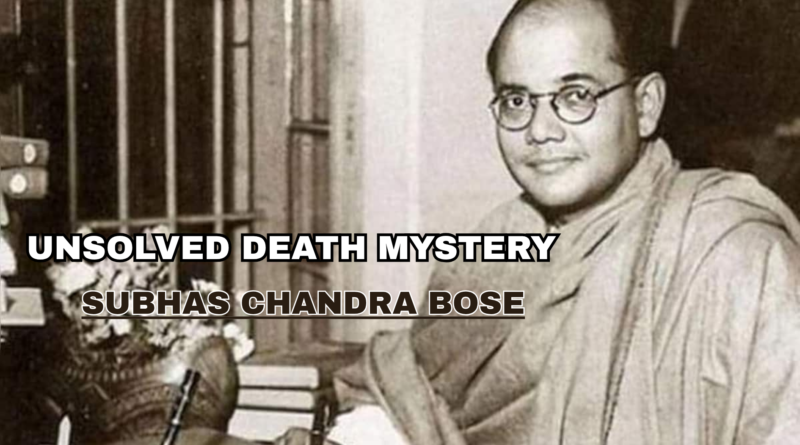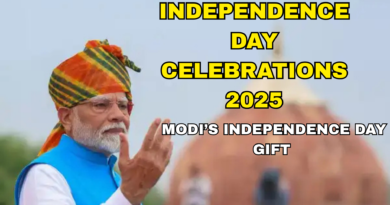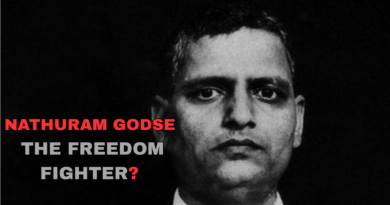UNSOLVED DEATH MYSTERY SUBHAS CHANDRA BOSE
Subhas Chandra Bose, one of India’s most charismatic freedom fighters, remains a legendary figure not just for his fiery patriotism, but also because of the enduring mystery surrounding his death. Unlike other leaders whose deaths are well documented, Bose’s supposed death in a plane crash in 1945 has left behind a trail of unanswered questions, conspiracy theories, and conflicting reports. Despite multiple investigations, the truth remains elusive even after decades.
According to the official version, Bose died on August 18, 1945, in a plane crash in Taihoku (now Taipei), Taiwan. He was said to have suffered third-degree burns and succumbed to his injuries in a hospital. The news was announced by Japanese sources and later confirmed by some Indian leaders. However, from the very beginning, many of his followers and even family members refused to believe this version of events, claiming it was part of a cover-up.
Eyewitness accounts from the crash were both vague and conflicting. One account stated that Bose was seen severely burned but conscious and coherent shortly after the crash, while another claimed he died within hours. The hospital records from Taihoku were inconsistent and incomplete. Furthermore, Taiwan was under Japanese occupation during the time, making any independent verification difficult.
India’s government ordered three official inquiries over the years: the Shah Nawaz Committee (1956), the Khosla Commission (1970), and the Justice Mukherjee Commission of Inquiry (1999–2005). While the first two commissions accepted the plane crash theory, the Mukherjee Commission concluded that Bose did not die in any air crash. However, its findings were rejected by the Indian government, causing further controversy.
A popular alternate theory suggests that Subhas Chandra Bose escaped the crash and went into hiding, possibly in the Soviet Union. It is believed he hoped to seek Stalin’s support to continue India’s struggle for independence. Some researchers claim that Stalin had Bose arrested or silenced to avoid tension with Britain, an Allied power. However, no concrete Soviet documents have been found to support this.
Another theory claims that Bose returned to India under disguise and lived as a hermit known as “Gumnami Baba” in Uttar Pradesh until his death in 1985. Several people who interacted with Gumnami Baba claimed he had extensive knowledge of wartime politics and displayed Bose-like behavior and handwriting. A DNA test on the remains found in the room where the Baba lived yielded inconclusive results.
The Renkoji Temple in Tokyo houses an urn said to contain Bose’s ashes. This remains another source of contention. While some believe the ashes are indeed Bose’s, many, including his family members, have demanded a DNA test on the remains. Japanese authorities have never granted permission for such a test, deepening the suspicion.
Declassified files released over the years, especially by the Indian and British governments, have added more confusion than clarity. While some documents confirm the plane crash story, others hint at surveillance and interest in Bose’s activities long after 1945, raising doubts about his actual fate. The files do not conclusively prove any theory.
The emotional connection between Bose and the Indian people fuels the mystery even more. Bose was not just a leader but a symbol of bold resistance against colonialism. His dramatic departure from India, alliance with Axis powers, and creation of the Indian National Army (INA) made him a larger-than-life figure. For many, believing that such a man could vanish in a plane crash without proper closure is difficult.
The political implications of his possible survival have also led to allegations of a cover-up. Some suggest that successive Indian governments were aware of Bose’s whereabouts but chose to keep it secret to avoid diplomatic conflicts or political fallout. Others say admitting Bose was alive would have challenged the legacy of other independence leaders.
Public demand for a final closure remains high. Numerous petitions and campaigns have urged the government to conduct a transparent and internationally monitored investigation, especially involving DNA testing of the Renkoji ashes and Gumnami Baba’s belongings. The refusal or delay in doing so has only intensified public skepticism.
In conclusion, the death of Subhas Chandra Bose is one of the most haunting and unresolved mysteries in Indian history. The absence of definitive evidence, combined with conflicting reports and secrecy, keeps the question alive: Did Netaji die in 1945, or did he live on in silence, waiting for the right moment to re-emerge? Until hard proof is found, the legend of Netaji’s unsolved death will continue to stir the minds of generations to come.




